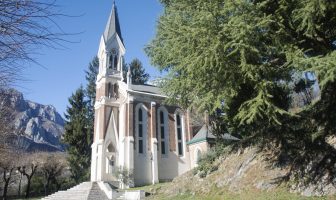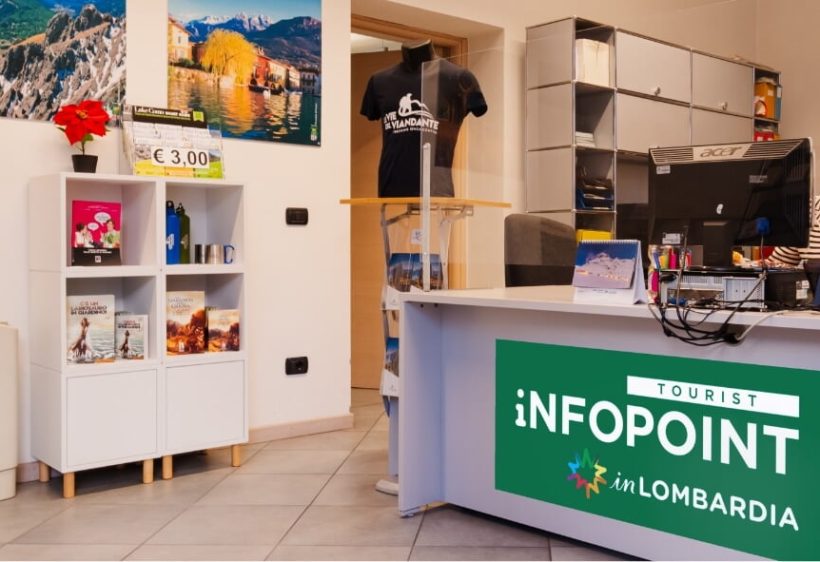
Acquate
The district that was the setting of the meeting between the Bravoes and Don Abbondio
The compact little residential centre of Malavedo is a crossroads of alleyways that wind around the characteristic church of Sant’Antonio Abate, built in the Lombard Romanesque style. The dedication of the building to the patron saint of stable-boys and merchants, among others, indicates that Malavedo used to stand on a particular traffic route: the road to Valsassina.
Looking at the district overall, its strong link to iron clearly stands out: like the nearby centres that rose up in the valley of Gerenzone (San Giovanni, Rancio and Laorca), Malavedo was involved in the intense development of industry during the nineteenth century. This district, in particular, was the cradle where some of the most important companies of the area were concentrated. All devoted entirely to iron processing, they belonged to the city’s major entrepreneurial families. Among them, the Falck family stood out, famous for making their fortune with their successful businesses, soon afterwards, on the outskirts of Milan.
In the Municipal Art Gallery – Modern Art Section, housed in the Palazzo delle Paure, a painting by the famous artist Orlando Sora immortalises the chimneys that mark the horizon in Malavedo. It is a district where, in the reverberation of the foaming roar of the waters of the Gerenzone, it still seems possible to hear the striking of hammers and the rumble of numerous workshops that have always characterised it.
Inhabitants’ nickname: Pécen, that is, “combs”. The term, which became the nickname of the district’s inhabitants, is an ironic reference to people who do not dress with particular care and taste.
Not to be missed: a walk among the district’s alleyways that still “speak” a language from the past, among the archaic houses where local stone abounds. The Drawing Mills of Malavedo, very significant in their unitary nature, are still entirely dedicated to iron processing. Near the church of Sant’Antonio, on the other hand, the residential complex that developed within an ancient paper mill dating from the second half of the nineteenth century is an example of how the past, and so industrial archaeology, can be preserved in the present.


Ask us, we will give you suggestions and directions to enjoy the city and the surrounding area to the fullest.
Contact us